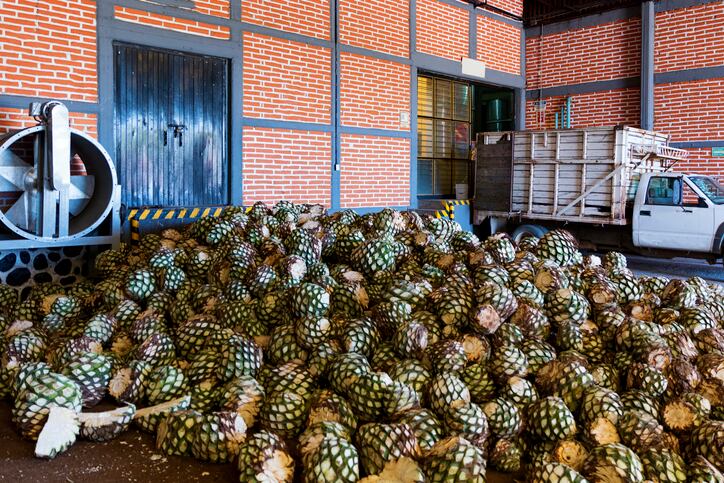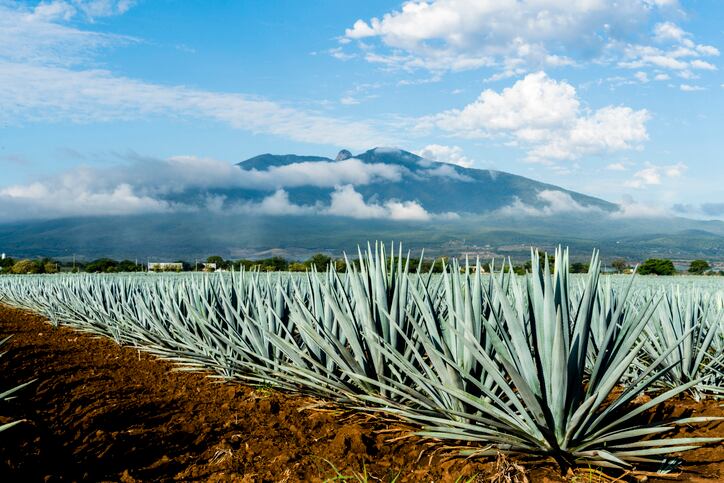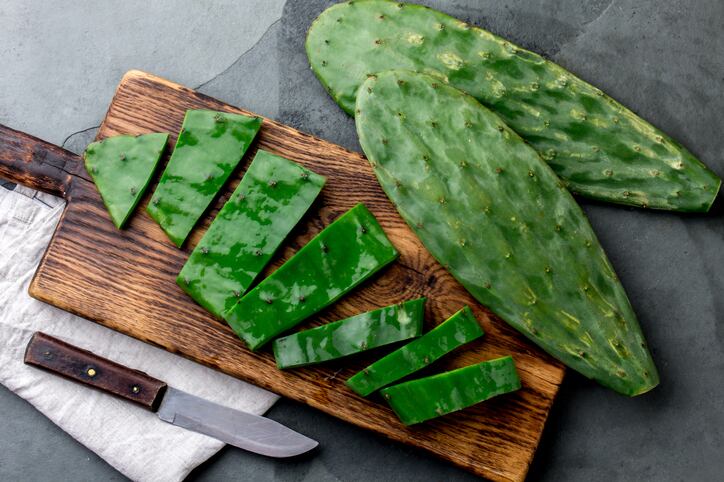The tequila and mezcal industries are booming in Mexico.
Exports were worth over USD$1.2 billion in 2016 and the tequila and mezcal industries contributed 1.25% to Mexico’s GDP in the same year.
However, the industry also generates nearly two million tons (1.732m tons) of acidic agave waste pulp (known as bagasse), according to the students behind the Mayahuel project.
Led by two biology students at the Universidad Nacional Autónoma de México, Dení Grisel Cruz and Rusty Ramírez, the Mayahuel project aims to upscale this by-product.
“We want to use the agave industry’s residues and transform them into a functional food instead of letting them become [a pollutant],” the students told FoodNavigator-LATAM.
The students have launched a crowdfunding campaign on Donadora aiming to raise MXN$35,000 that they will use to buy a pulverizer and solar-powered dehydrator to scale up production.
This machinery will also allow them to pulverize fresh bagasse, which contains the most nutrients, further improving the healthiness of the flour.
A healthy, high-fiber flour
The high-fiber content of the flour means it increases the feeling of satiety, helps improve calcium assimilation and is gluten-free.
Manufacturers can use the agave flour to make popular yet high-carb/ GI INDEX products such as bread, tortilla, cookies, chips and pizzas, it could improve the diet quality of many Mexicans without requiring them to change their eating habits.
It can also be blended with other flours.
Although the healthy and functional food market is still nascent, Cruz and Ramírez said there is an increased interest in healthy foods – “especially after what the foods most [commonly] eaten every day have done to their health”, they added.
“We want to offer this flour to companies that prepare food so they can deliver healthier alternatives to their consumers and that [consumers] have the opportunity to choose something healthy in the offer present in their daily lives."
Cruz and Ramírez hope to launch the agave flour on the market within six months and will begin distribution around Mexico City before expanding to the rest of the country.
The project has already attracted the attention of one big player; last year, Mayahuel was selected as a runner-up in Walmart Mexico's Sustainable Innovation Award.
A sustainable solution

The amount of residue generated by the tequila and mescal industries could cover an area twice the size of Mexico City, according to the students, and while this is disposed of by manufacturers “in safe places”, the fibers are acidic and acidify the soil, preventing it from being arable.
Another solution used is to burn bagasse as a biofuel but this releases CO2 into the atmosphere.
“We want to be part of sustainable development of Mexico,” they say.
According to the students, many Mexicans are unaware of the environmental impact of tequila and mezcal production.
“The tequila and mezcal industries had an accelerated growth in last 20 years, but their ecological impact has only started to be known [in the past] 10 years. Therefore it is a new topic for most of Mexicans yet.”
How is tequila made?
The leaves of the agave cactus are cut off, leaving only the heart.
These heads are then steam baked for between 12 and 48 hours depending on the oven, a process that converts inulin into sugars such as fructose and sucrose.
When the baking is finished, the heads are transported to a mill where they are shredded, allowing the agave sugars to be separated from the pulp.
The agave sugar is then mixed with other sugars (such as (standard sugar, brown sugar, glucose, fructose or molasses) and fermented in stainless steel vats.
A minimum of 51% agave sugar must be used in the formulation.
Source: Consejo Reguladar del Tequila (CRT)


